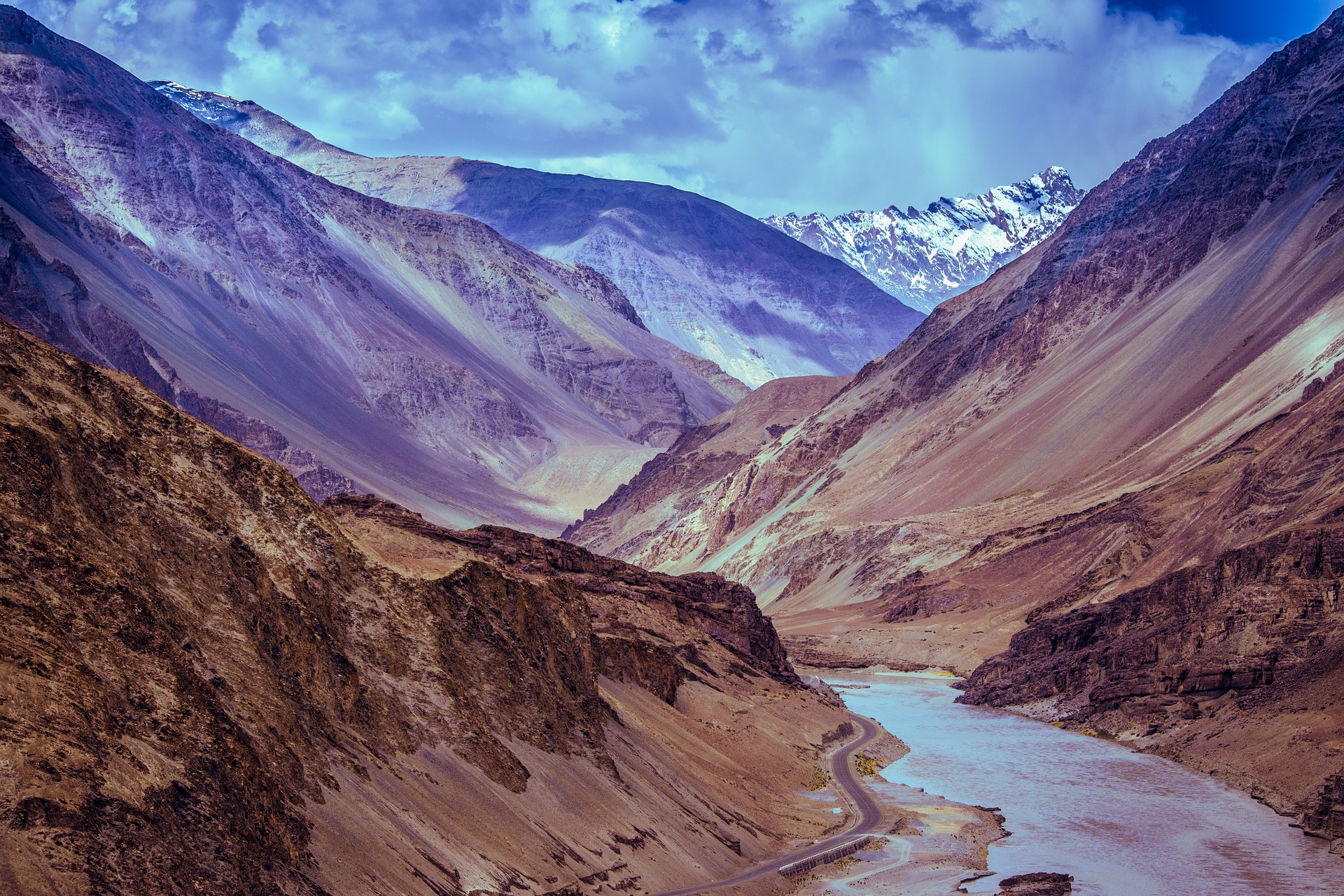For three months in 2005-2006, Pacific Institute Program Director Meena Palaniappan will be conducting research in India. This article is part of a series of diary entries in which Palaniappan will elaborate on her experiences abroad.
There are passions that drive people. Finding a cure for cancer. Stopping the spread of AIDS. Improving wastewater treatment in India has always been my holy grail (It’s a strange holy grail to be sure. But what is even stranger, I’ve found a small cadre of those who are equally passionate about it).
It must have started in studying Environmental Engineering, when I was taught how to build mega wastewater treatment plants. I learned how far in the U.S. we had come on the cost/benefit curve, how gaining some additional benefit would come with great expense. Engineering degree in hand, I came like a sanitary missionary to the land of my birth. How naïve and passé … I know.
I am not sure if India has yet made it onto the sanitation cost/benefit curve. The costs of waterborne disease in India can be measured in lives lost: waterborne disease claims half a million Indian children every year. Even more starkly, in the eastern state of Orissa waterborne disease kills thirteen infants per hour. On the other hand, the costs of wastewater treatment on a decentralized scale can be as little 1000 rupees ($23) per cubic meter of water. Do we even need to make the cost/benefit calculation?
I worked with NGOs in Chennai in 1995 to develop an Action Plan for Clean Waterways, which was later endorsed by the state government. This Action Plan brought together all the agencies with jurisdiction and responsibility over the waterways to participate in their clean-up. I left feeling self-satisfied…When I arrived in Chennai in 1995, I found a city badly in need of a functioning wastewater treatment system or really any kind of wastewater treatment at all. For an ingénue in search of a cause, I had certainly found it. The rivers and waterways in much of urban India serve as little more than open sewers. In Chennai, a 1994 study found biological oxygen demand (BOD) levels in three of Chennai’s four waterways to be higher than the BOD level of raw sewage. Even in urban areas where sewerage systems exists, a large portion of human waste goes untreated into the waterways, creating vectors for disease running right through the city. Of the 300 largest cites in India, 30% have little or no sewerage system or sewage treatment. And of the total wastewater generated in metropolitan areas, the great majority, about 70%, goes untreated into water systems.
… only to return a few years later seeing that nothing much had changed.
This frustration led me to conduct research on the history of sanitation in Madras (a.k.a. Chennai) for my Master’s thesis, asking: How is it that when both Madras and London were disgusting places full of excrement and disease in the 1800s, London is now revitalizing the Thames, while Chennai’s rivers are still sewers? In my research I found that colonial governing mentality and decisions in the latter half of the 19th century set the stage for the differential development of sanitary infrastructure between colonial port cities and the colonial capitals. During that time, London, Paris, and U.S. cities began building municipal sanitary infrastructure. Meanwhile, resources in colonial Madras were spent to protect the British Army from disease and on infrastructure to extract raw materials and goods. Colonial governments took little effort to protect the native population from disease or to build municipal sanitary infrastructure.
While this explained a part of the huge divide, my research did not provide a solution. In search of those solutions in 1997, I worked with Auroville’s Center for Scientific Research. This small “village that is a laboratory” has developed and implemented numerous decentralized alternative wastewater treatment systems for communities in Auroville, including reed bed systems and aquatic weed lagoons. I learned a bit of what real engineers do, which is build, test, and then fix and fix … and fix. No fear of turning ideas into cement here.
Now 2005, and I am back in Chennai, full circle in a way, trying to propagate these decentralized solutions for wastewater treatment. What types of solutions will work in such a densely populated urban area? How can we create a cadre of technicians to help troubleshoot backyard or institutional systems to treat wastewater (since we don’t train environmental engineers on how to build something so practical, and too often these systems are never fixed once they fail to work)? I’m working with the Chennai Water Forum, a newly formed network of concerned residents and NGOs, on co-hosting a Waste Water Treatment and Re-Use Conference at the end of January. Hopefully this will at least initiate the desperately needed conversation about how we deal with our sewage.
So the search for the holy grail continues. Wish me (and my colleagues in the search) luck.



Thanks, Grant! The Communications Team at Pacific Institute spent MANY man hours redesigning our site; it’s always so rewarding to hear that all the work paid off in the end.
You can sign up for our Online Update on our homepage too if you’re interested in getting monthly newsletters delivered to your inbox. Have a good one!
Paula
Communications Manager